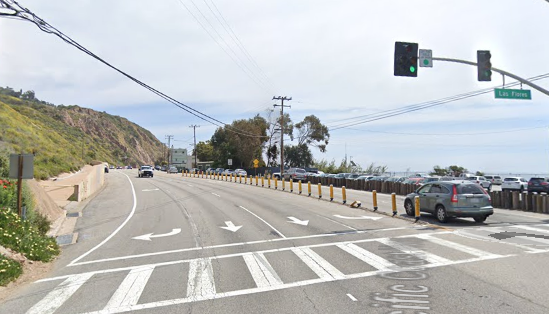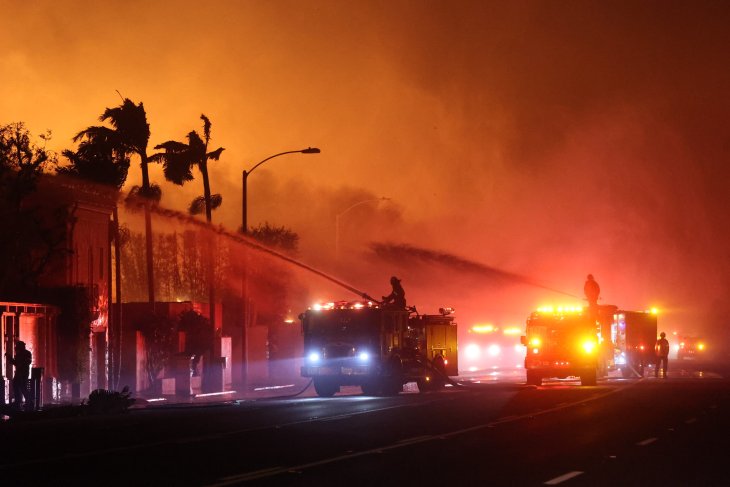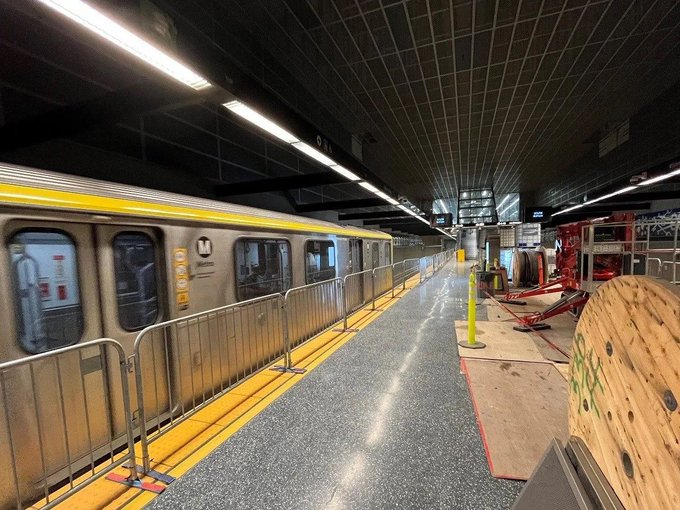By Tom Elias, Columnist
New evidence arrives almost every day backing the concept of a market-based solution to California’s housing shortage, one that does not have to involve politicians at all.
Of course, that offends politicos like San Francisco’s Democratic state Sen. Scott Wiener, who persists in the notion that high-density, high-rise apartments and condominiums are the answer.
In a sense, he’s right. For the market-based solution that’s fast taking shape does involve high rises and high density – just not in new buildings. Rather, housing will almost certainly occupy space now leased by insurance companies, law firms, venture capitalists, bank headquarters – almost every kind of white collar business.
Lease holders who once clamored for more space in office towers rising above areas like Century City in Los Angeles, downtown San Diego and San Francisco’s financial district are now looking for ways to escape the commitments they still have. “For lease” signs proliferate in urban areas.
Some tenants refuse to pay rent, having sent their work forces home to work safely and virtually at the start of the coronavirus pandemic. They’re not being evicted yet, because of state emergency rules allowing tenants huge leeway on delaying payments during the health crisis. But if they don’t either pay up when the rent delays expire or work out deferred payment deals with their landlords, they will pretty soon find themselves ousted.
They will leave gigantic amounts of current office space empty. It’s not that white collar businesses won’t need office space; merely that they will need much less. Companies like Facebook and Twitter have told their workers to keep operating from home as long as they like. Others are asking workers to come in one or two days per week.
As California reopened haltingly after the initial crisis phase of the pandemic, when unusual caution was taken to prevent hospital overloads that could have cost many lives, it became clear vast numbers of workers will opt to stay home most of the time.
In many cases, that’s not mere preference, but necessity. State guidelines for reopening public schools, for example, create a need for continued virtual commuting. By staggering start and stop times, reducing class sizes and using a mix of in-person and online instruction, the schools are telling millions of working parents they’ll have to flex their work hours.
Some like it that way. This reality is visible in recent home pricing figures from San Francisco and some of its suburbs. Demand for housing is up in Marin, Napa, Santa Cruz and Monterey counties, but down in San Francisco itself. One result is that a house which sold for $1.89 million 15 months ago in the city’s Sunset District is now listed on the Zillow real estate site at $1.78 million – down $101,000.
At the same time, realtors in suburban counties are seeing steady demand. They report many would-be buyers are the same people who long worked in office towers, but lately operate from home. As their bosses tell them they can keep doing this, some are seeking more spacious quarters and a less urban environment.
In short, many want the very urban sprawl that’s anathema to Wiener, who has sponsored bill after bill aimed at bringing density to the same areas so attractive right now to folks leaving dense neighborhoods.
The same thing is happening in the Los Angeles and San Diego areas, where prices in outlying areas are rising, while real estate near the urban cores remains stable.
The next phase figures to see entire floors of high-rise buildings go vacant, and then remain empty for significant periods. Once building owners realize that new lessees won’t be forthcoming in droves, they’ll opt for other ways to monetize their buildings: converting much of the empty floor space to condos and apartments.
These will likely come in all sizes and price levels, from large ocean-and mountain-view units to small apartments on the lower floors. Some buildings will have mixed use, with stores on the ground floor and other levels shared by offices and dwelling units. Zoning changes are inevitable.
That’s how market forces will solve the housing shortage, creating vast numbers of units within the next five years, many of them very affordable.
Email Thomas Elias at tdelias@aol.com. His book, “The Burzynski Breakthrough, The Most Promising Cancer Treatment and the Government’s Campaign to Squelch It” is now available in a soft cover fourth edition. For more Elias columns, visit www.californiafocus.net

























